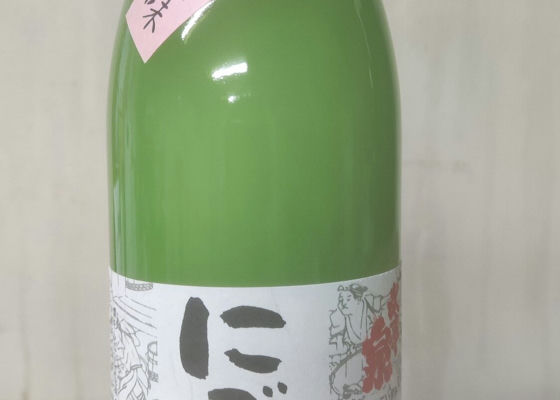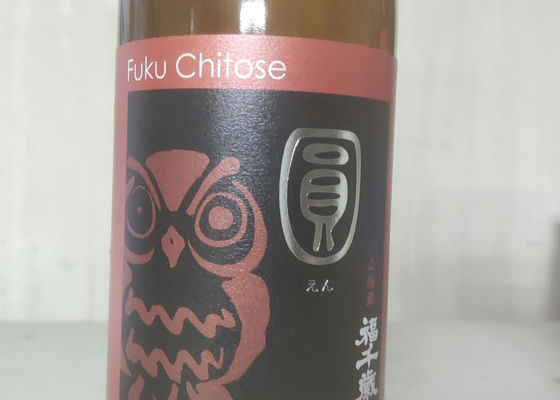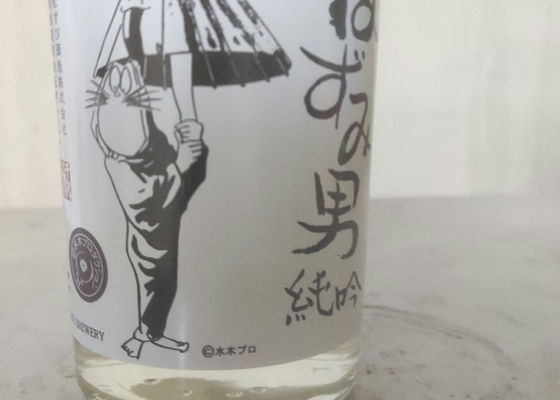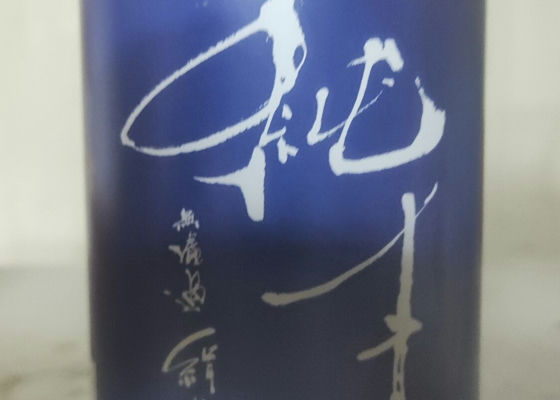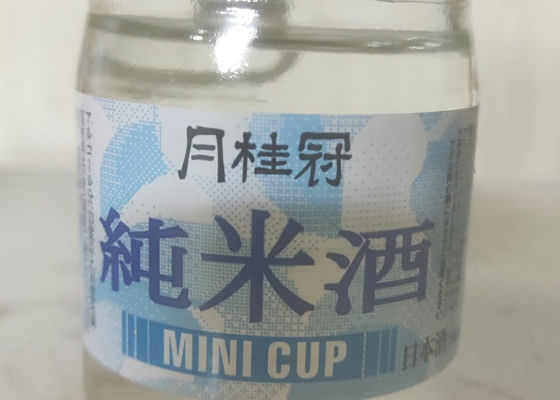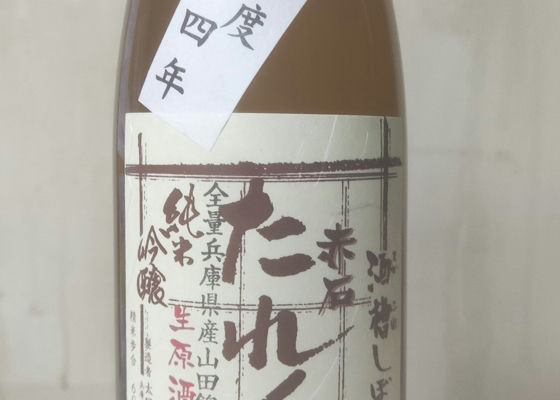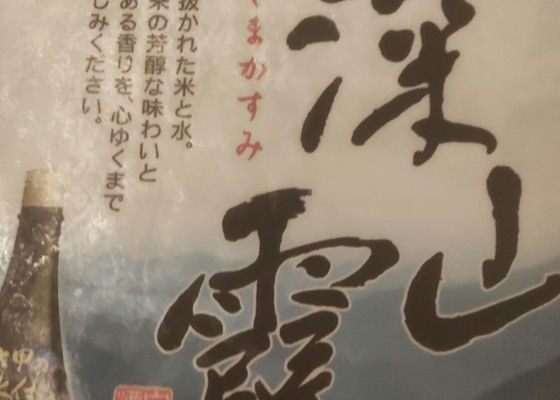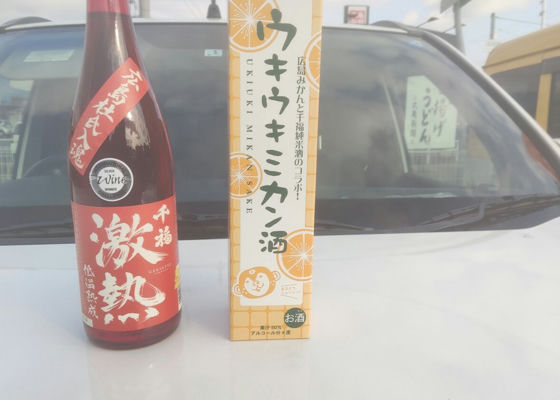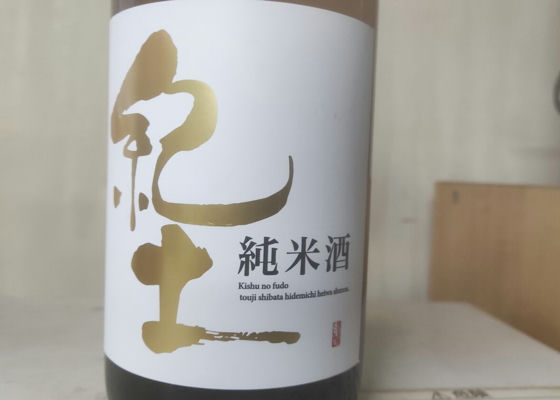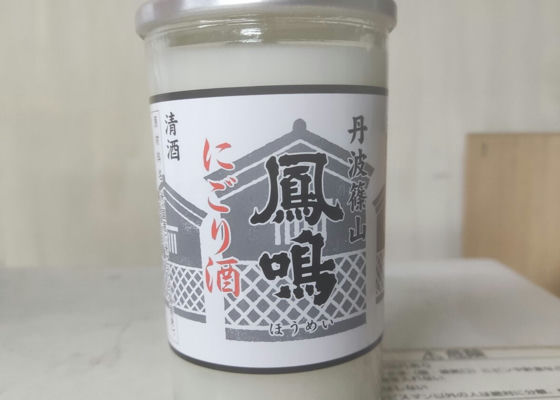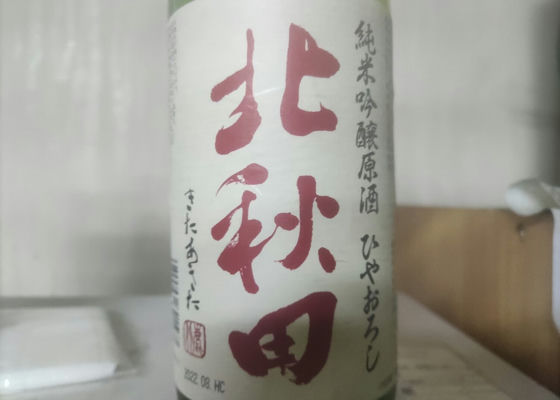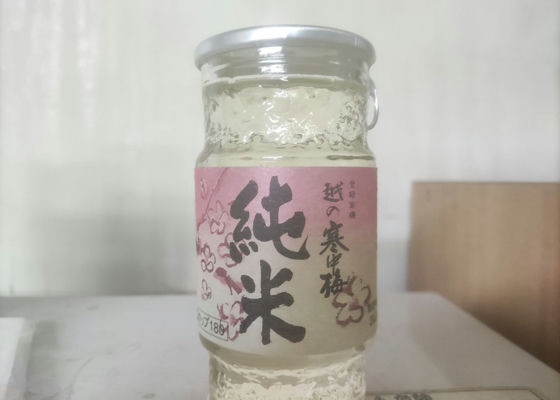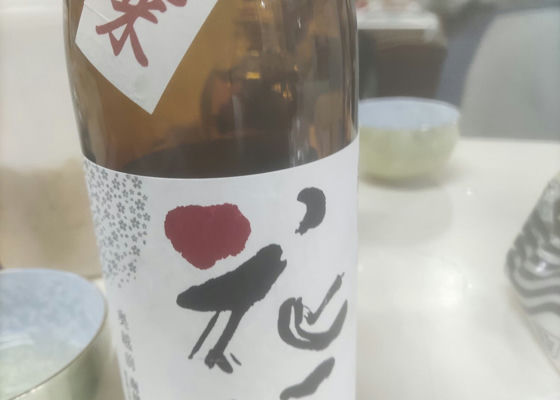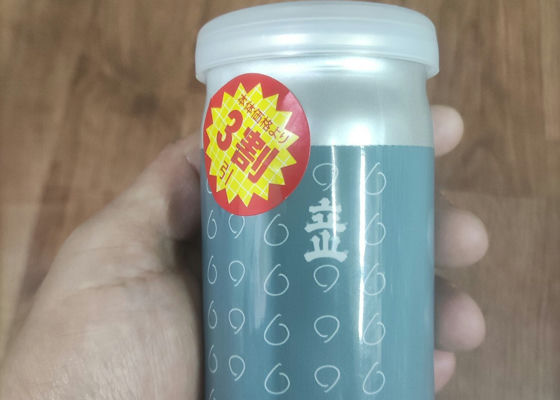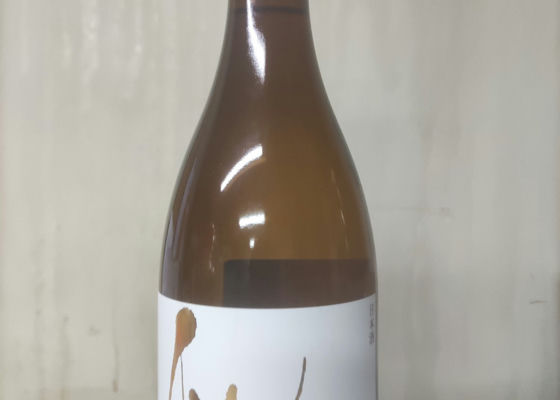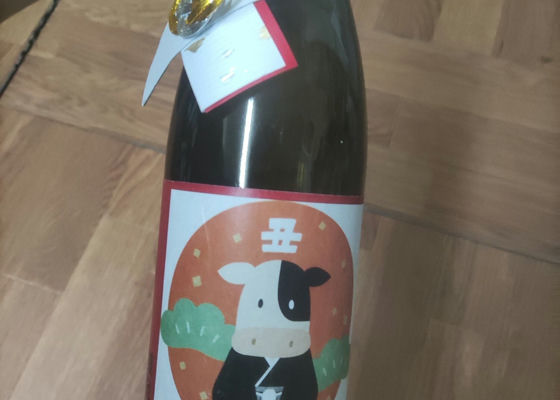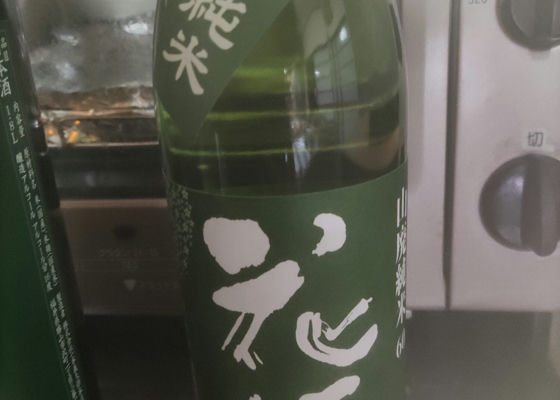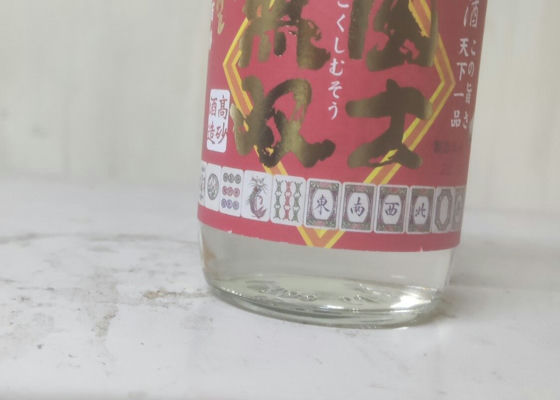
一本義 仙介🇺🇦
(The photo was not attached, so I am re-uploading it. Sorry to those who liked it)
I live in Asahikawa, Hokkaido, Japan.
I don't play Mahjong (I had a bad experience with it when I was a newcomer), but the design makes me want to buy it.
I bought it in the Hankyu underground.
The sweetness comes to you quickly. The dense sweetness swells in your mouth with a refreshing spiciness.
When it is paired with snacks, the sweetness quickly fades away, leaving a lingering sweet and spicy aftertaste.
It has a slightly rich aftertaste, but that is a good thing.
How about if you heat it up?
It has a crisp sweetness and a refreshing spiciness.
Everything flies upward.
The smooth taste goes well with all kinds of snacks.
Japanese>English
